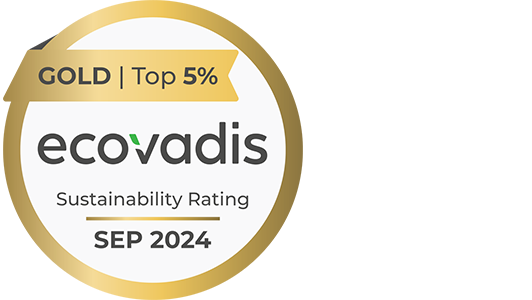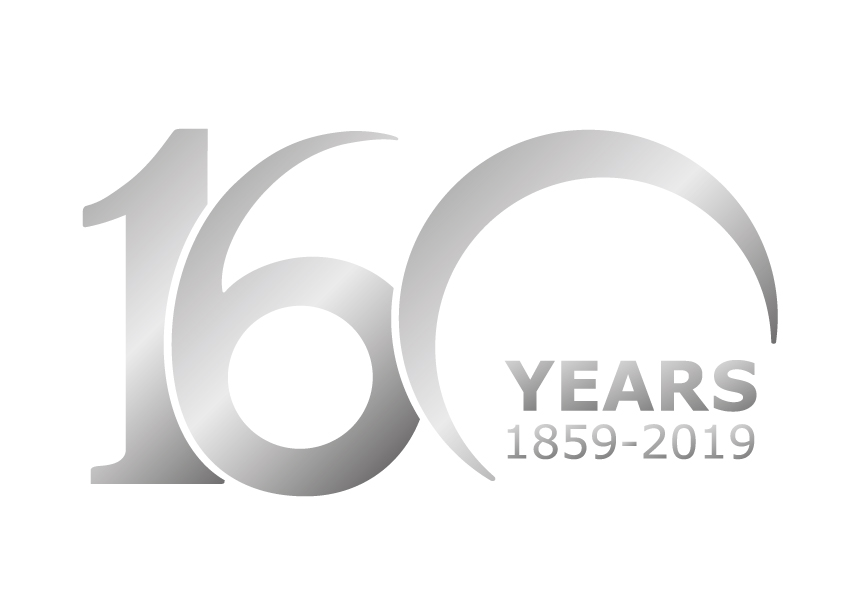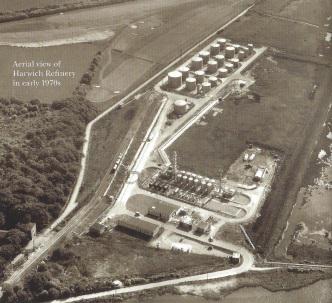Close
- Products & Solutions
-
Portfolio

-
Renewable Portfolio

-
Industries & Solutions

-
With Halpasol® G, you benefit from cutting-edge GTL technology that combines purity, reliability and sustainability. This is backed by decades of expertise from Haltermann Carless, your trusted partner for modern solutions and comprehensive services.Read moreHighlight

-
- 360° Service
-
Customised Service

-
Customer Info

-
Did you know that…?Highlight

… we take unusual paths for our customers? This starts with the delivery quantity: Our largest delivery volume to date of 15 million liters in ocean-going vessels is offset by 0.15 liters of reference fuel as the smallest delivery unit. Learn more about our bespoke supply chain solutions.Learn more
-
- Sustainability
- Career
- About Us
- Media




























